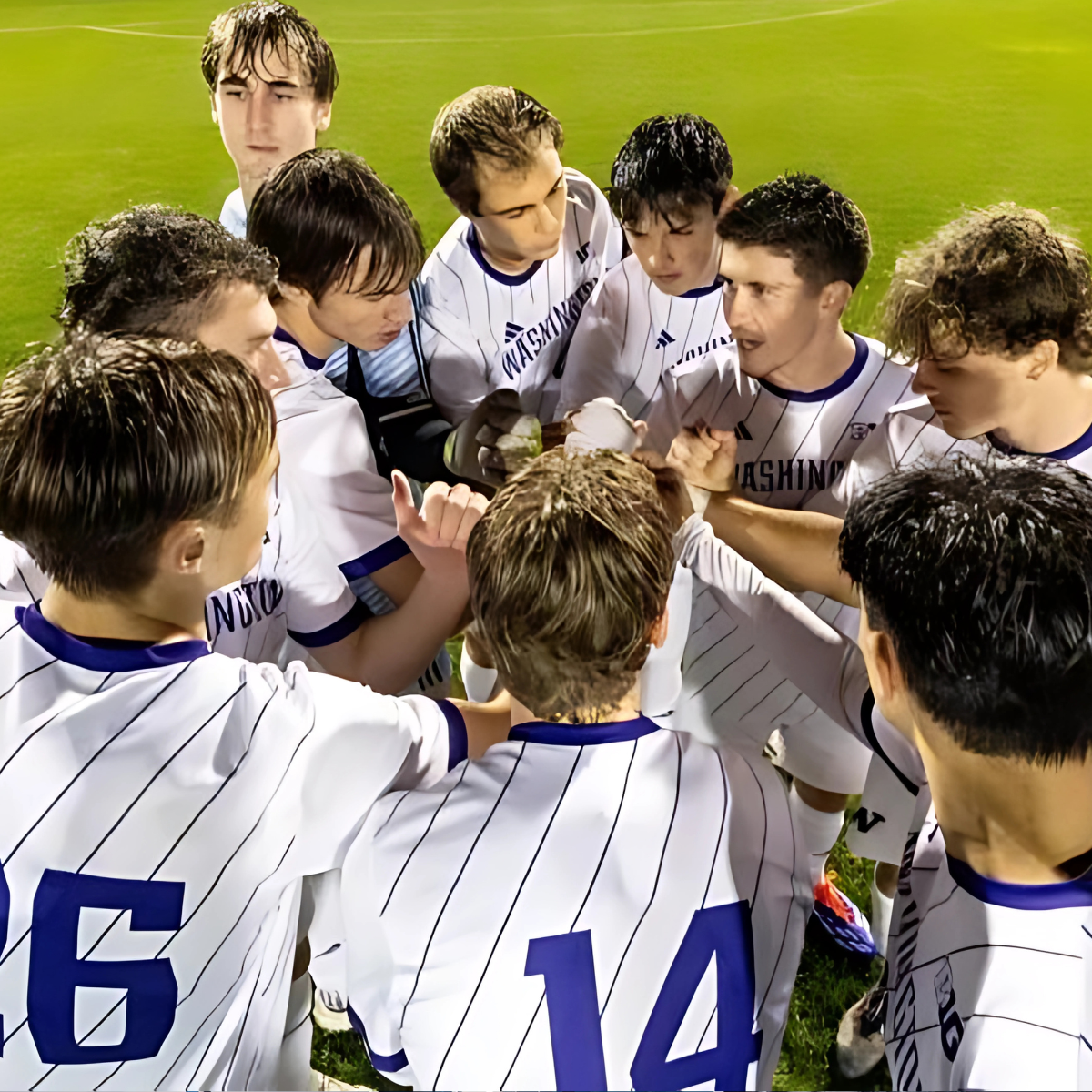Why Do Formula 1 Cars Create Sparks?
One of the most visually striking aspects of Formula 1 racing is the spectacular showers of sparks that often trail behind the cars as they speed around the track. This phenomenon not only adds to the drama of the race but also serves a functional purpose in the design of the vehicles. This article explores the reasons why Formula 1 cars create sparks, the components involved, and their implications for racing.
1. The Role of the Plank
At the heart of the sparking effect is a component known as the plank, which is a wooden piece that runs along the underside of the car from the rear to just before the front wheels. The plank serves multiple purposes:
- Aerodynamic Regulation: The plank helps regulate the car's under-body aerodynamics, preventing excessive scraping against the track surface.
- Ride Height Control: It ensures that the car maintains an appropriate ride height, which is crucial for optimal performance and handling.
The plank is made of a specific type of wood called Jabroc, a composite material created from layers of beechwood veneers and resin. This design helps absorb the wear and tear that comes from racing at high speeds.
2. Titanium Skid Blocks
Embedded within the plank are titanium skid blocks, which are designed to protect the wooden plank from damage. These skid blocks protrude slightly—typically by about 3 mm—and serve as the primary source of the sparks seen during races.
- Sparking Mechanism: When the car is in motion, especially during high-speed straights or when hitting curbs, the skid blocks make contact with the track surface. This contact generates friction, causing the titanium to wear down and produce bright sparks.
- Safety Feature: The skid blocks were first introduced in the late 1980s and 1990s to protect the plank and have been a part of the sport since their reintroduction in 2015. They help minimize damage to the car while adding an exciting visual element to the racing experience.
3. Factors Influencing Spark Production
Several factors contribute to the frequency and intensity of the sparks produced during a race:
- Weight of the Car: At the start of a race, cars carry a full fuel load, which can be up to 110 kg. This added weight causes the car to sit lower to the ground, increasing the likelihood of the plank making contact with the track and generating sparks.
- Track Conditions: Certain tracks, especially those with elevation changes or curbs, can lead to more pronounced sparking. For example, circuits like Spa-Francorchamps are known for producing spectacular displays of sparks due to their undulating surfaces.
- Driving Style: The way a driver navigates the track can also impact sparking. Aggressive driving, particularly when hitting curbs or during hard cornering, can increase the frequency of contact between the skid blocks and the track.
4. Impact on Drivers and Teams
While the sparks are visually appealing, they can also have practical implications:
- Distraction: For drivers, the sparks can be distracting, especially in close racing situations. As noted by drivers like Carlos Sainz, the visual spectacle looks great on television but can be less pleasant from the cockpit.
- Regulatory Compliance: The FIA (Fédération Internationale de l'Automobile) closely monitors the condition of the plank after races. If the plank is excessively worn, it can lead to disqualification, as seen in the case of Jarno Trulli at the 2001 US Grand Prix. Teams must carefully manage the wear on the plank to ensure compliance with regulations.
The sparks produced by Formula 1 cars are a captivating aspect of the sport that combines engineering ingenuity with the thrill of racing. The combination of the wooden plank and titanium skid blocks serves both functional and aesthetic purposes, enhancing the excitement of the race while ensuring the integrity of the vehicles. As fans watch the cars speed around the track, the sparks are a reminder of the high-speed drama and technical prowess that define Formula 1 racing.
RELATED: How Does Qualifying Work in Formula 1?
RELATED: What is a Grand Prix in Formula 1?







%20(1200%20%C3%97%20232%20px)%20(9).png)









.png)

